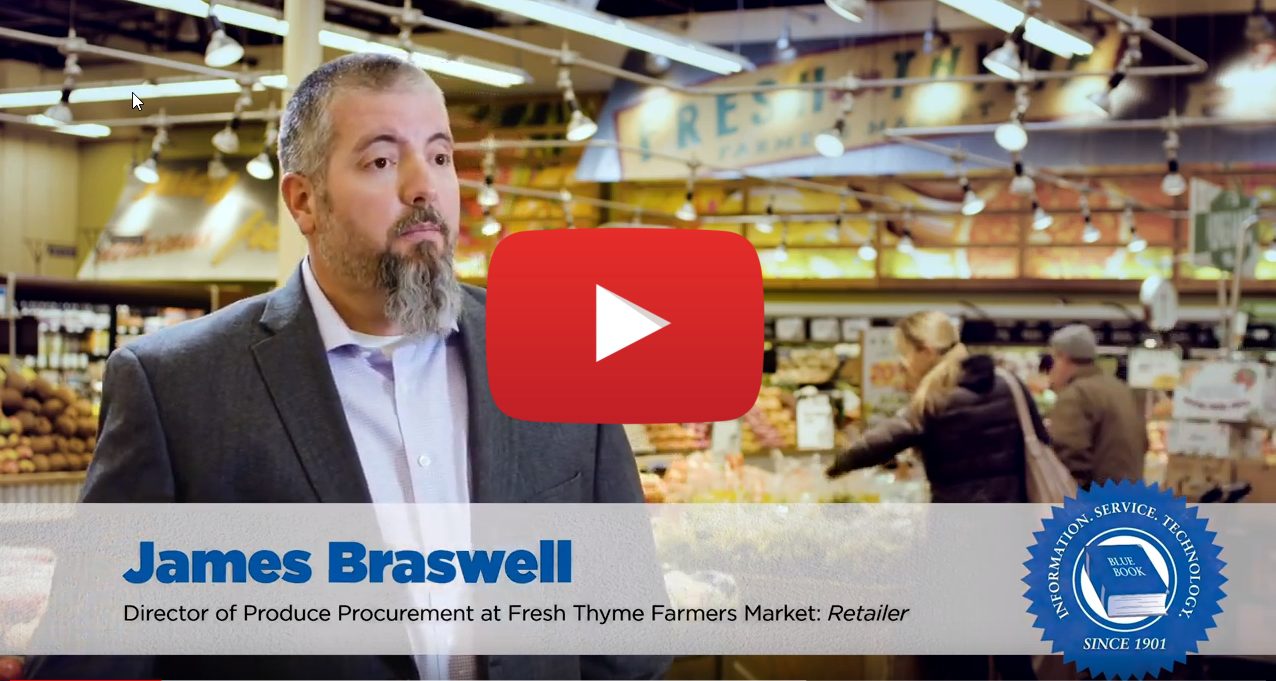Consumers love the idea of local produce – and it is certainly amazing when it’s available. But, like many things, the romance often doesn’t live up to life’s realities.
I’ve been doing the web production for a series of Produce Blueprints articles about the growth in Hispanic and Latin American produce items in the U.S. It is a surprise to no one that there’s a lot more diversity, and quantity, coming to the U.S. from our trade partners to the south.
A New York Times piece from March helps underscore this phenomenon:
More than half of the fresh fruit consumed in the U.S. is imported, and the percentage of fresh vegetables from imports is almost a third of what’s sold in the U.S.
But, here’s the thing:
This isn’t bad news. Myriad reasons have contributed to the shift of production from domestic farmers to imports – cost of labor, cost of production, regulation and, of course, consumer demand for what used to be seasonal favorites year-round.
Here’s where the paradox comes in:
Consumers regularly identify local produce as important. The most recent Power of Produce report from the Food Marketing Institute and 210 Analytics showed respondents had a higher affinity for local than organic.
Consumers looooooooove the idea of local, and often report they want to eat “more seasonally,” but their behavior at the supermarket doesn’t back up their intentions.
This chart from the NYT piece sums it up nicely. Do consumers have any idea how much of what they’re eating is imported? There are obvious imported tropical fruits like bananas (99.9%), pineapples (99.9%), mangoes (99.9%) and papayas (97.7%), but let’s talk about the rest I’m sure many people don’t know about:
- California, Texas, Arizona and, of course, Florida, are citrus-producing states. How come 99.9% of limes are imported? This Time article from 2014 does a great job of explaining the perfect storm of repeated weather disasters and citrus canker that devastated the lime industry in the U.S.
- 95.6%* of (fresh and frozen) asparagus consumed in the U.S. is imported. How is this possible? The Boston Globe weaves a fascinating tale of labor shortages, droughts and…cocaine?…in this article.
- 78% of blackberries (fresh and processed) are imported. Cultivars better suited to warmer climates have boosted the year-round production significantly, especially in Mexico. Domestic production in 2017 accounted for only $5.4 million in fresh market sales while fresh imports were valued at $302 million.
- 75.2%* of garlic is imported
- 74.2%* of cucumbers are imported
- 64.7%* of squash
- 60.2%* of bell peppers
- 57.2%*of blueberries
- 57.2%* of tomatoes
And the list goes on.
Is there a moral to this story? If we want fresh, healthful…affordable…fruits and vegetables, we have to get them from somewhere. I just wish consumers had a better idea of the reality of what we eat.
*NOTE: A previously-published version omitted numbers before decimal points. This story has been updated to correct the omission.



